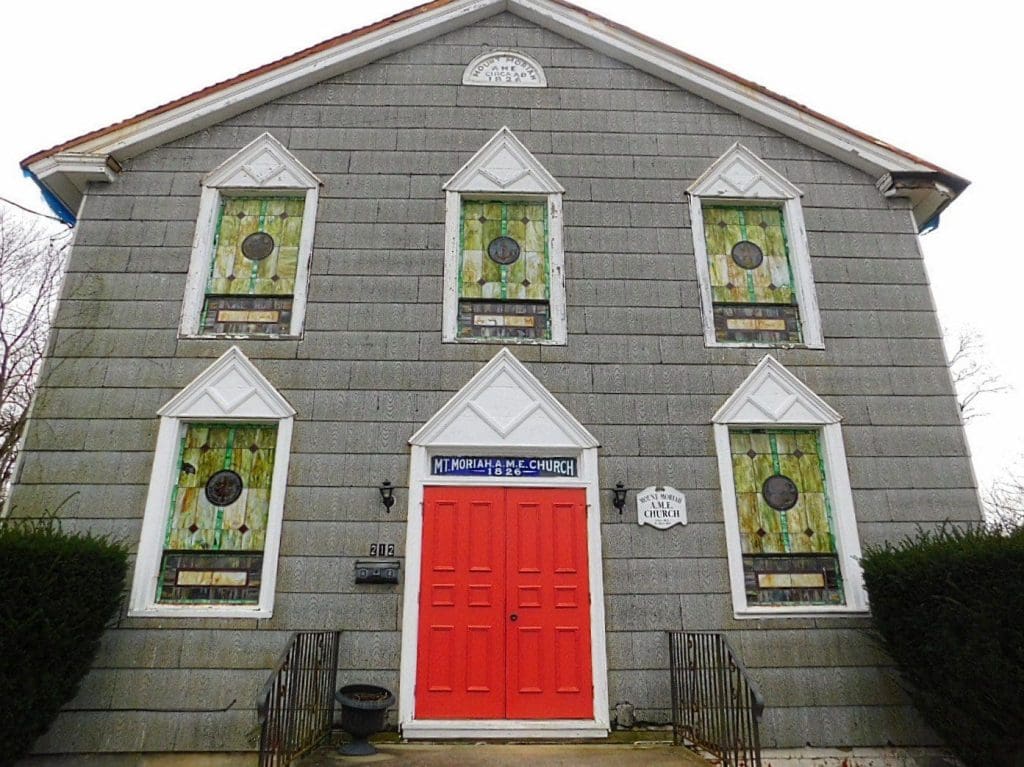As far back as the fifteenth century, travelers have spoken of the wonders of Timbuktu. This ancient city located in Mali, West Africa, was once home to Sankore University, which enrolled over twenty-five thousand students at the height of its influence. This was the spiritual and intellectual center of Islam in the fifteenth and sixteenth centuries. Knowledge of this mystical community was widespread, so it’s not surprising that Tennyson would use this city in his poetry; and that an unincorporated community in Southern New Jersey composed of formerly enslaved and free African Americans would choose this name for their town in the early 1800s.
Facing the Facts
New Jersey has a complicated history when it comes to slavery. Here’s a mini-timeline just to put things in perspective:
- 1639 – Adolfus Fletcher arrived on the Dutch ship Fogel Grip from Antigua – earning him the distinction as the first recorded slave in our state.
- 1664 – New Jersey offers 60 acres for each slave imported to encourage land development.
- 1702 – East/West Jersey merge. Most other states now charge a slave import tax. New Jersey does NOT and slave auctions are moved from Philadelphia to Camden – New Jersey becomes a conduit for importing slave labor.
- 1726 – New Jersey records 2,581 slaves.
- 1790 – New Jersey records 11,425 slaves. They now comprise 6% of our state’s population.
- 1804 – Act for Gradual Abolition of Slavery granted freedom for women at age 25 and men at age 28.
- 1846 – Act to Abolish Slavery. It must be noted that New Jersey did NOT initially vote to ratify the 13th, 14th or 15th Amendments. Also noted, the only northern state to NOT vote for Lincoln.
What’s in a Name
Although New Jersey seemed to have taken an ambivalent stance on slavery overall – the Quakers who populated the southern portion of our state had strong views and were not afraid to put their beliefs into practice. It was the Quakers who initially sold most of the land that came to comprise Timbuctoo, the Quakers who employed many of the blacks that lived in the neighboring community and the Quakers who assisted with operation of the Underground Railroad in Southern New Jersey that passed right through the town of Timbuctoo on the road to freedom.
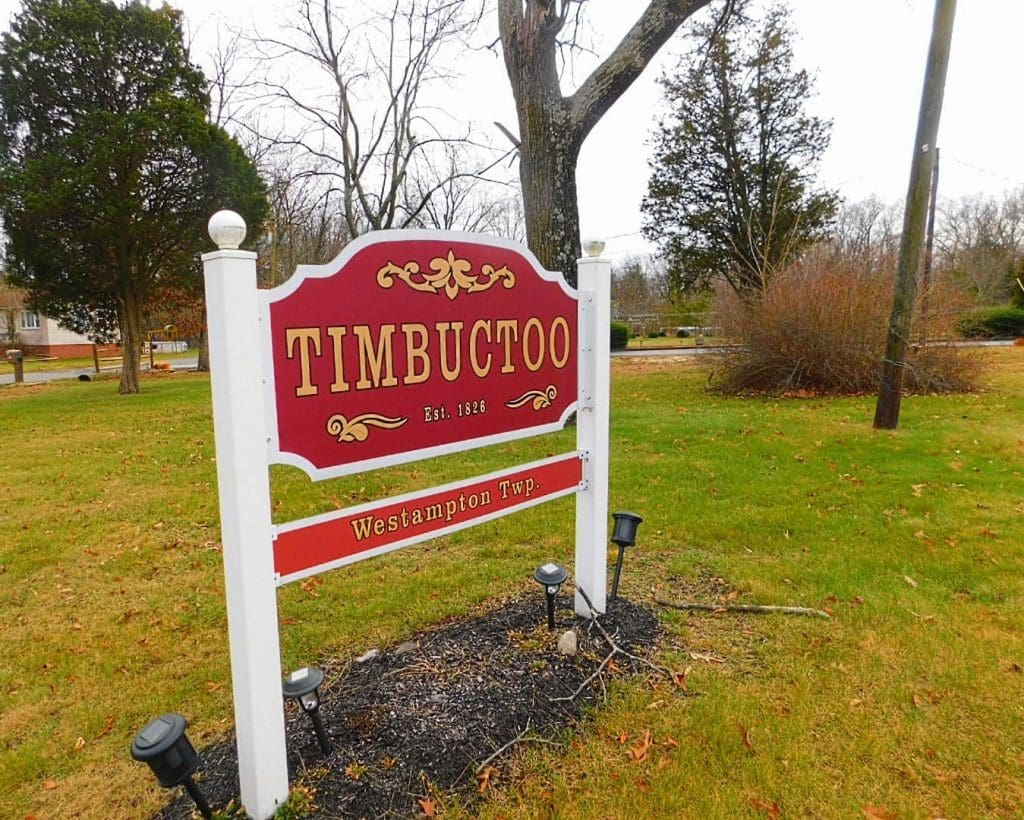
Riding the Rails
Timbuctoo was settled by former slaves and free blacks. The first deed appears in 1826; local Quakers continue to sell land to this fledgling community to provide land for The African Union School in 1834 and the Zion Wesleyan Methodist Episcopal African Church and Cemetery in 1854. The town is located in Westampton Township in Burlington County, just outside of Mount Holly. By 1860 the census suggests that about 125 people lived here and there were 29 households. Timbuctoo was not unique for its time period – other “parallel communities” existed in New Jersey. Students of history and the Underground Railroad know the names: Springtown, Saddlertown, Small Gloucester, Marshalltown, Evesham Meeting and Lawnside. These communities, like Timbuctoo, had all achieved land ownership, establishment of schools and benevolent associations, registering of documents and working relationships with the neighboring white communities. What makes Timbuctoo unique isn’t its origin story, fascinating as that is, but rather its rediscovery in the 20th century.
Rediscovery
In 1992 Guy Weston’s family received a land inheritance. Along with the plot of land, his cousin said she had some papers. Weston envisioned old typed-up documents and didn’t think much of it – until he saw what cousin Lillian actually had. It was a handwritten deed dated December 15, AD, 1829, which granted his 4X great-grandfather, John Bruer, land for and during his natural life and that of his descendants. It was this deed and the subsequent title search which led Weston to the study of genealogy, to found the Timbuctoo Historical Society and ultimately to rediscover his own personal origin story.
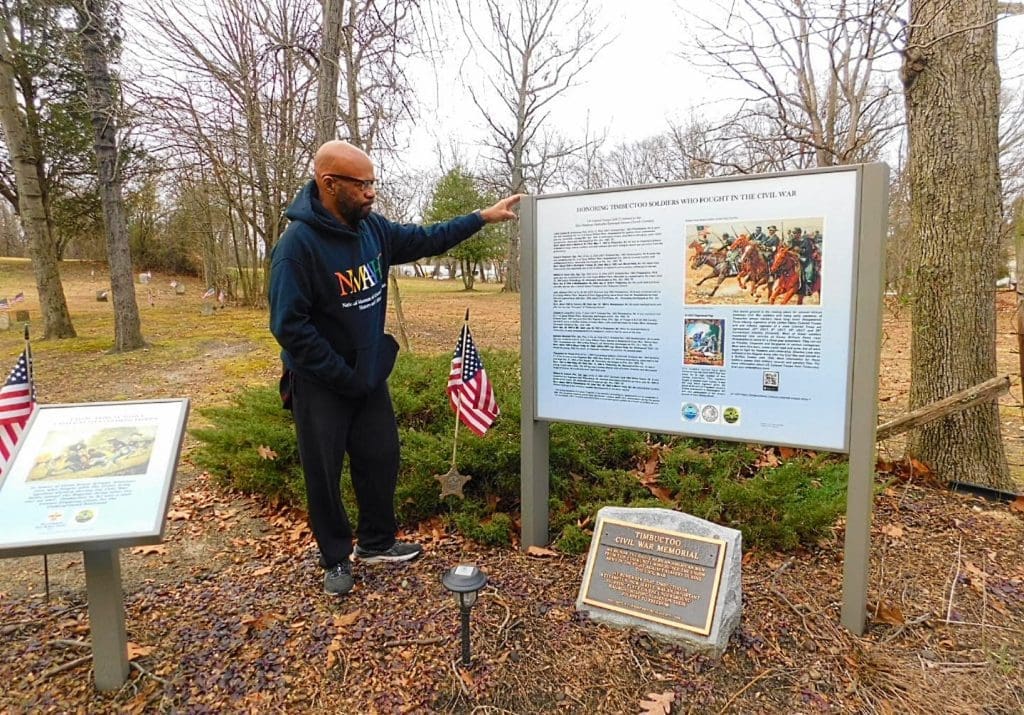
Don’t Know Your Past, Don’t Know Your Future
One of the most insidious things about slavery was how it destroyed families and broke ties. Spouses and children were often sold at will with names changed with no chance for the family left behind to ever trace where their loved ones went. This lack of family history from the slave years is more common than not for most black families living in America. It’s yet another way the oppressor kept the oppressed in line. When Weston was handed that deed, he was handed the keys to unlocking not only his own family’s past – but the past of an entire community. He just had to be curious enough to want to use those clues. And luckily – he was!
Thanks to Weston’s years of research into Timbuctoo we now have a wealth of history on this early 19th-century town, its inhabitants and even some of their stories. Weston also discovered an invaluable source for his research, the archives of the old New Jersey Mirror Newspaper, based in Mt. Holly from 1818 – 1947. Much of their archives were digitized by Burlington County College and are available via the Burlington County Library website. This allows us a real window into the world of this community and the attitudes of the day.
Excitement at Timbuctoo
In December of 1860, the white-owned New Jersey Mirror reported on the attempted kidnapping of an escaped black resident, Perry Simmons, by slave catcher George Alberti Sr.The paper, along with the town, cheered when the blacks drove the slave catcher and his cohorts from town without their intended captor in what became legend as, “The Battle at Pine Swamp.” There are numerous examples in the stories of the day of blacks being an integral part of the community.
Forming the Timbuctoo Discovery Project
The Timbuctoo Discovery Project was jump-started in 2009 when Temple University archeologists set up a dig on the site of this former community. They uncovered bricks from the Quaker brickyard. Bottles from household products and other artifacts indicative of a thriving community. Many of these artifacts are now on display at the Burlington County Lyceum.
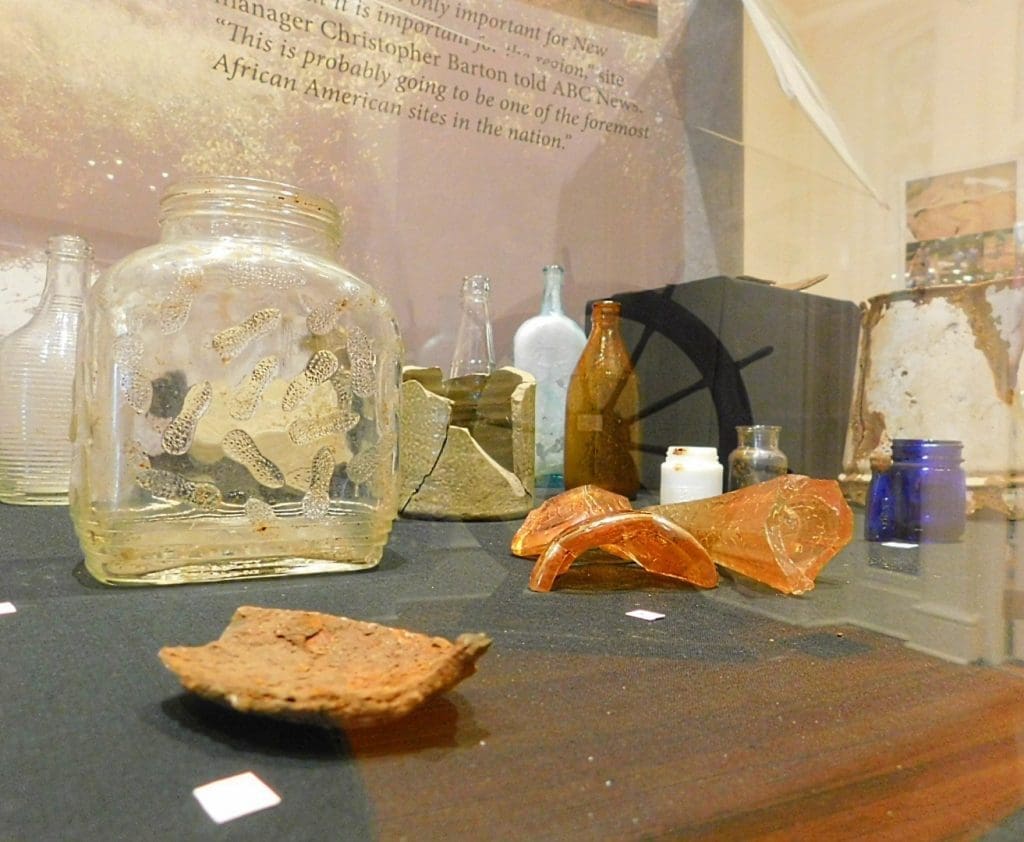
Weston has been hard at work with educational and outreach programs, initially under the auspices of the Timbuctoo Advisory Committee. In 2017 road signs were erected at the site of the former community thanks to assistance from the American Legion. In 2018 funding was secured for the cemetery signage. The AME Zion Cemetery currently has headstones for eight colored soldiers and three church members. An underground survey has discovered fifty-nine unmarked graves using radar. It was not uncommon to use wood for markers in the 19th century, so it makes sense that the wood markers would have long ago decayed. Currently, the cemetery on Church Street is the only visible remainder of this entire community. The most comprehensive source of information on all things Timbuctoo can be found on the website for the Timbuctoo Historical Society.
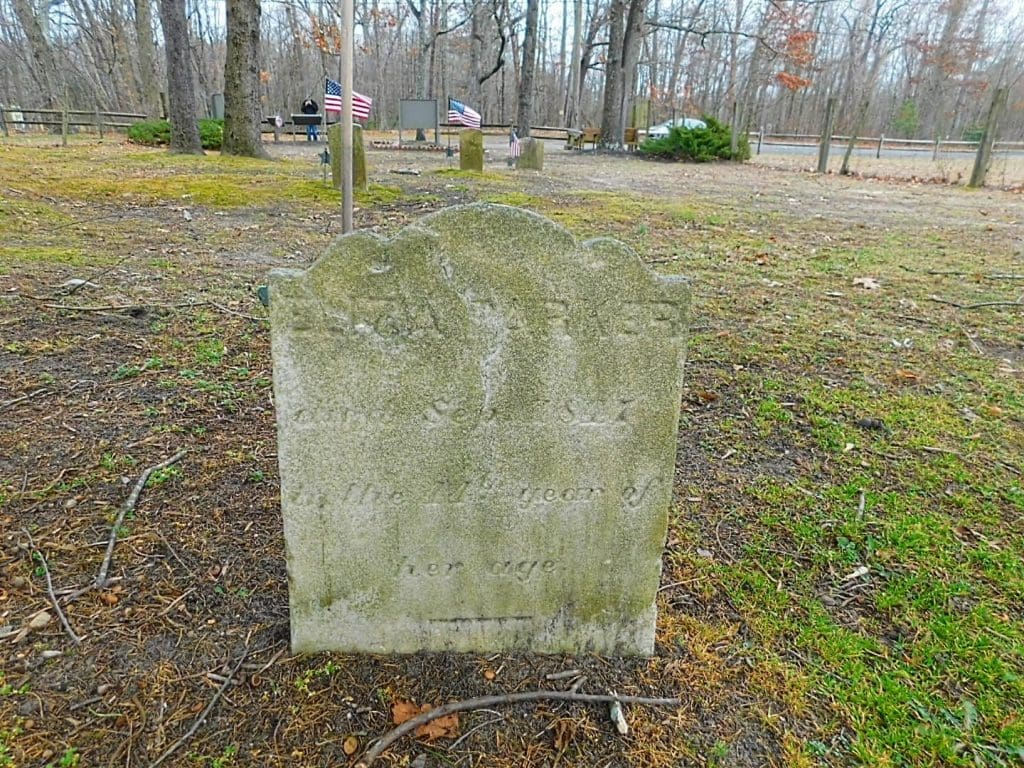
Increasing Public Awareness
In 2019 The Timbuctoo Historical Society was formed to be able to serve as an educational and fundraising body. The Historical Society has since obtained the title to the cemetery and has written two curricula for Middle Schools and High Schools. They are finalizing an application to have Timbuctoo listed on the New Jersey and National Registers of Historic Places.
Their plans for 2023 include: increasing public outreach and expanding the school curriculum to include Elementary School students. More cemetery preservation work is also planned, including another cemetery survey – expanding beyond previously searched borders. Ground penetrating radar conducted in 2009 showed that fences don’t reflect the true footprint of the burial grounds purchased in 1854. Weston said his group also works with Mount Moriah AME Church cemetery in Mount Holly, noting that his ancestors and some other residents actually belonged to this church and would have walked to that location for Sunday worship. That church still stands in downtown Mt. Holly. Weston’s third great-grandfather, who died in 1875, is buried in their cemetery and his gravestone is intact.
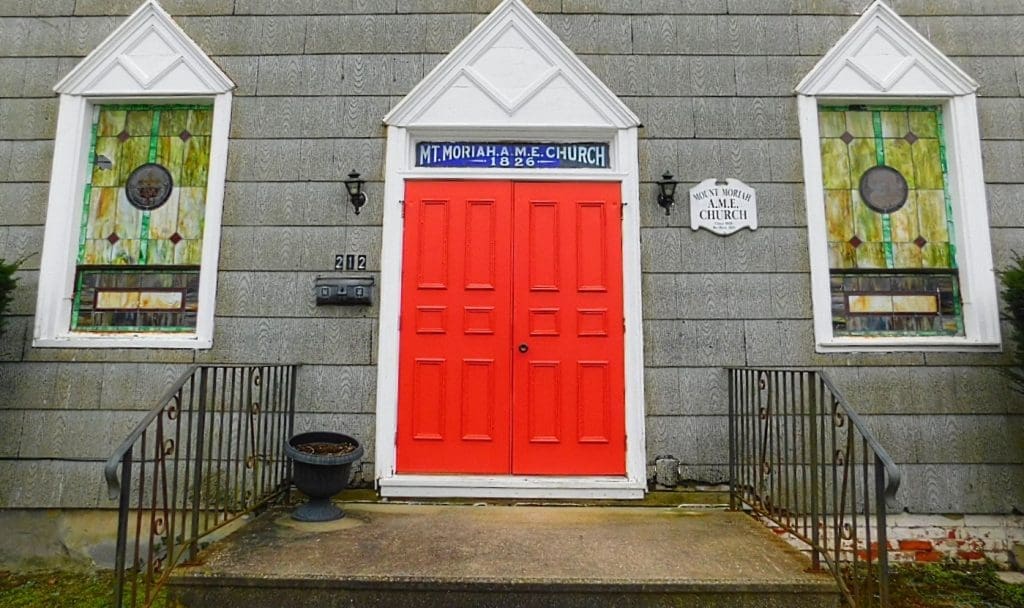
The Past is a Stepping Stone, not a Millstone
What happened to Timbuctoo? An 1886 article in the Camden Post puts Timbuctoo’s population at 600. The National Park Service did research in 2008 and they located and transcribed over 100 years of deeds beginning in 1826 from Timbuctoo. It seems that like most small towns of a certain era, it wasn’t one specific incident that led to the dissolution of a community. Young people grew up and seemed to outgrow this town on the banks of the Rancocas River even though it still existed on Google maps.
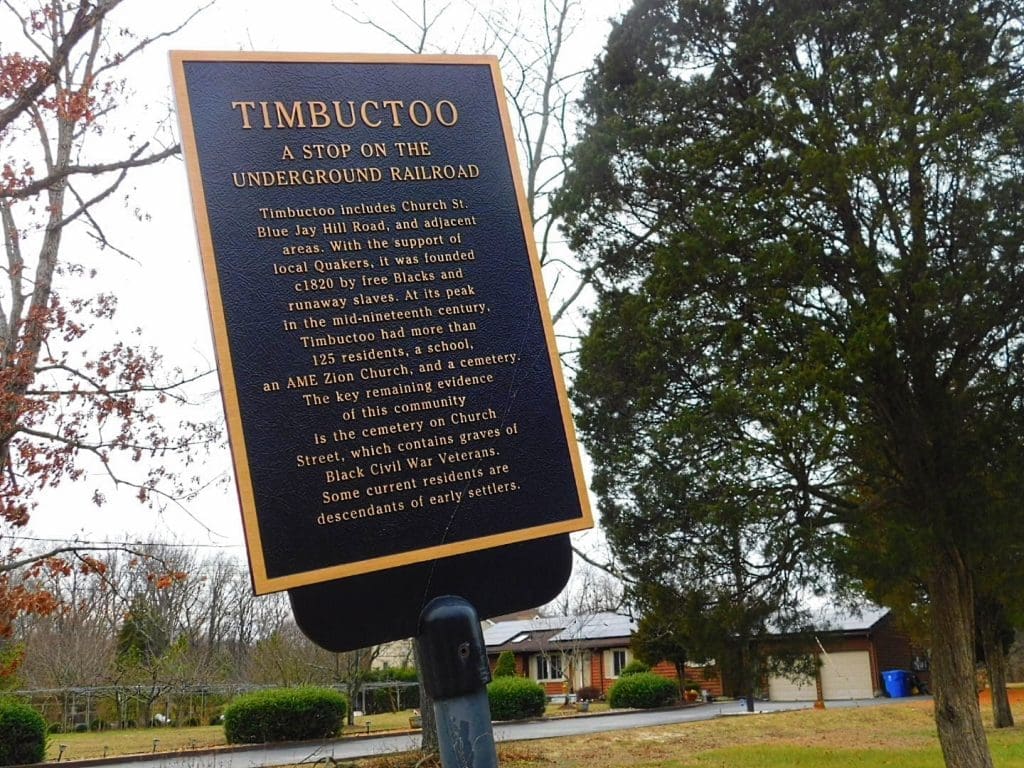
Timbuctoo isn’t remarkable because it was the setting for a great battle. It wasn’t the location of an iconic one-time event. Timbuctoo symbolizes much more than that – it is a time capsule of a way of living, of surviving evils like slavery, Jim Crow Laws and racism with dignity. It is remarkable that in 2023 Guy Weston can view the obituary of his 3X great-grandfather, Lambert Giles, on-line and read him described as, “industrious and worthy man and noted for his courtesy of manner” written in 1875. The real story of Timbuctoo is the lives these residents were able to build for themselves and their descendants while existing in a parallel community. This is truly a story about triumph over slavery and of restoring historical ties. Our society still has a lot of work to do, but Timbuctoo is, once again, a shining example of what can be done.
My voice and cried ‘Wide Afric, doth thy Sun
Lighten, thy hills enfold a City as fair
As those which starr’d the night o’ the Elder World?
Or is the rumour of thy Timbuctoo
A dream as frail as those of ancient Time?
By Alfred Lord Tennyson (1829)
Sue graduated from Rutgers University with a B.A. in English back when you could still get a degree for reading great literature. She spent nearly 40 years working in the Sales & Marketing field with companies ranging from non-profits to small businesses to Fortune 100 Corporations. Most recently retired after nearly 20 years with S & P Global, she is now free to pursue her true passions for hiking, writing and photography. Sue was born and raised in New York State. As a New Jersey transplant, her passion for the special blend of culture and nature that is uniquely Jersey is what Sue loves to share with the world. She has one grown son that she is insanely proud of. Her husband of many decades is an amazing partner both in life and hiking. When not out exploring, Sue is most likely at home reading a novel with her dog.
- Sue Fajgierhttps://thedigestonline.com/author/sfajgier/
- Sue Fajgierhttps://thedigestonline.com/author/sfajgier/
- Sue Fajgierhttps://thedigestonline.com/author/sfajgier/
- Sue Fajgierhttps://thedigestonline.com/author/sfajgier/


